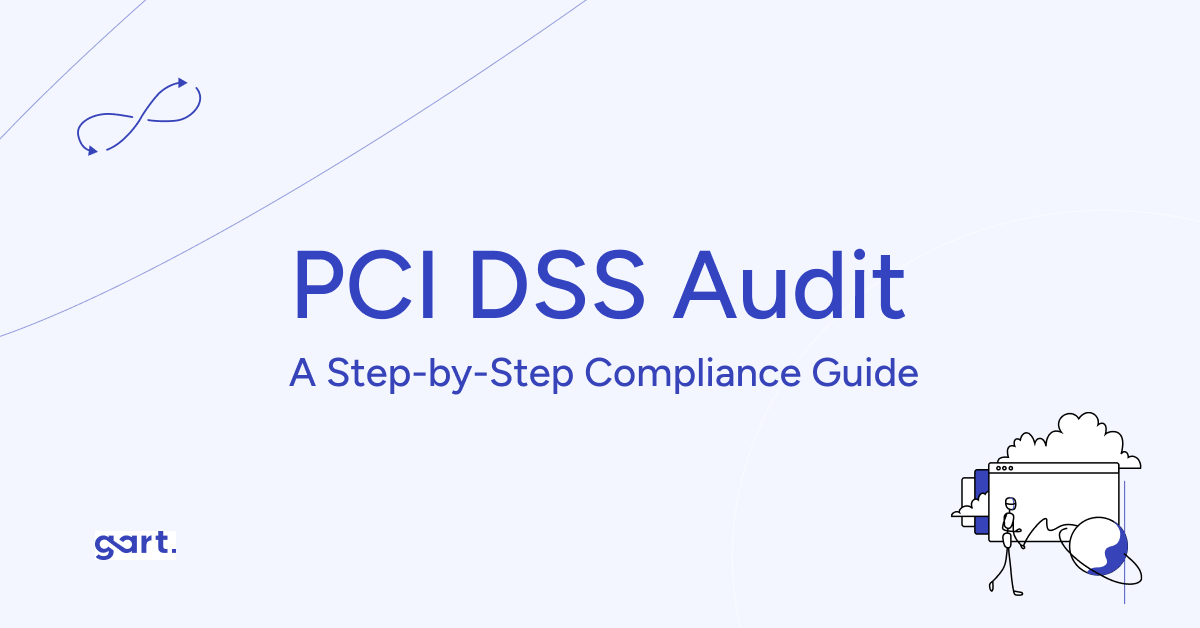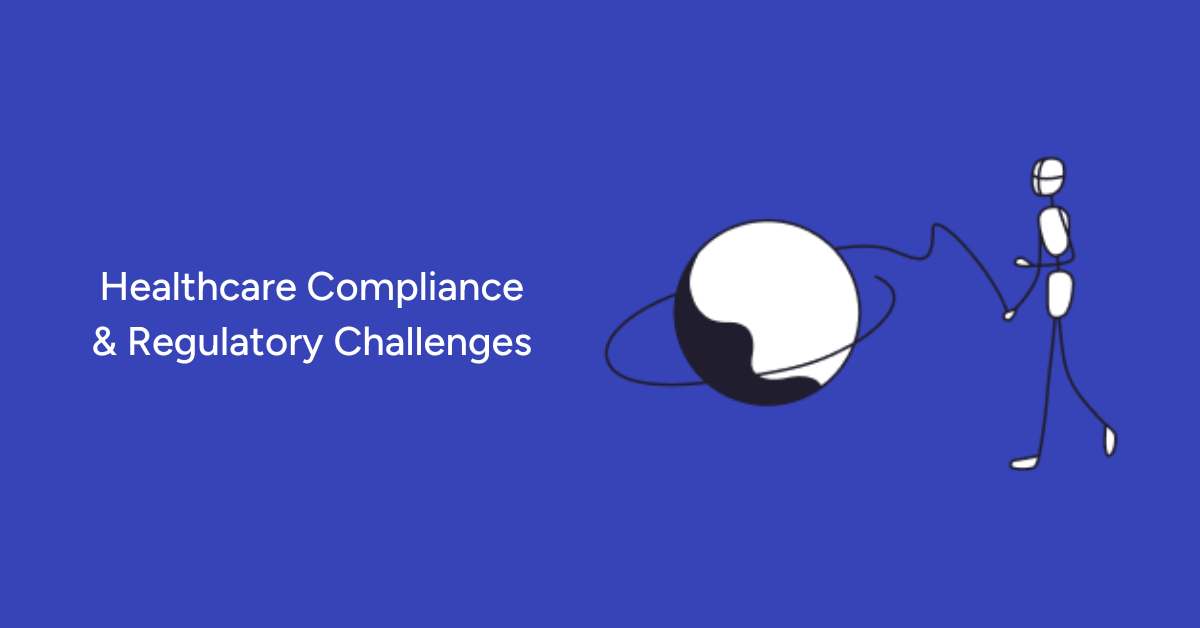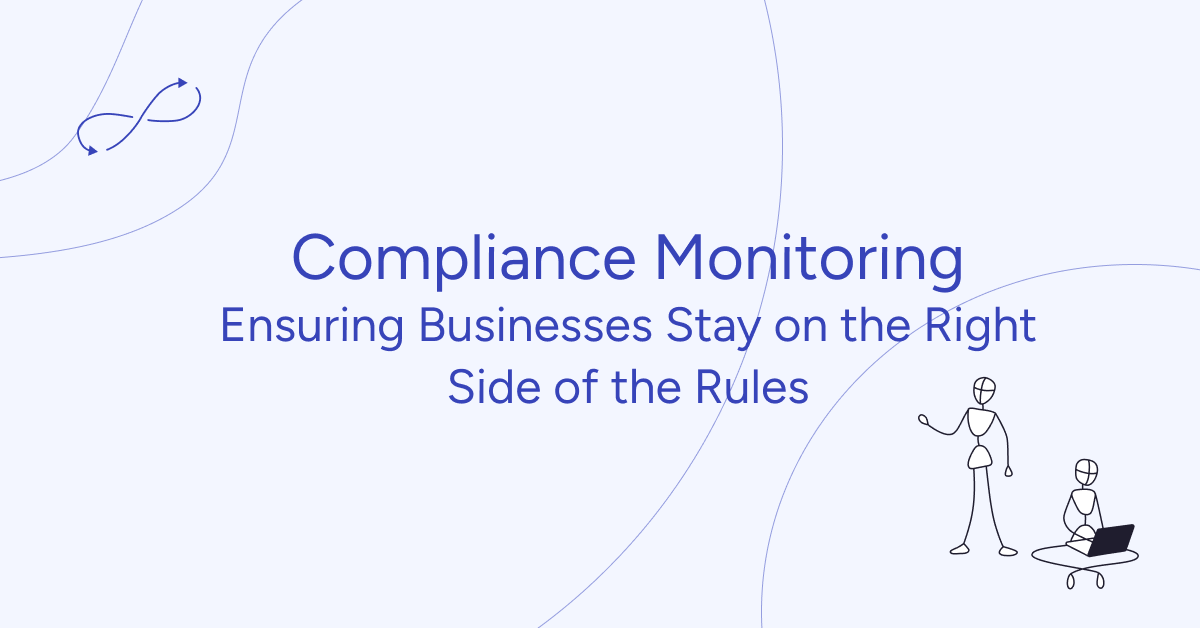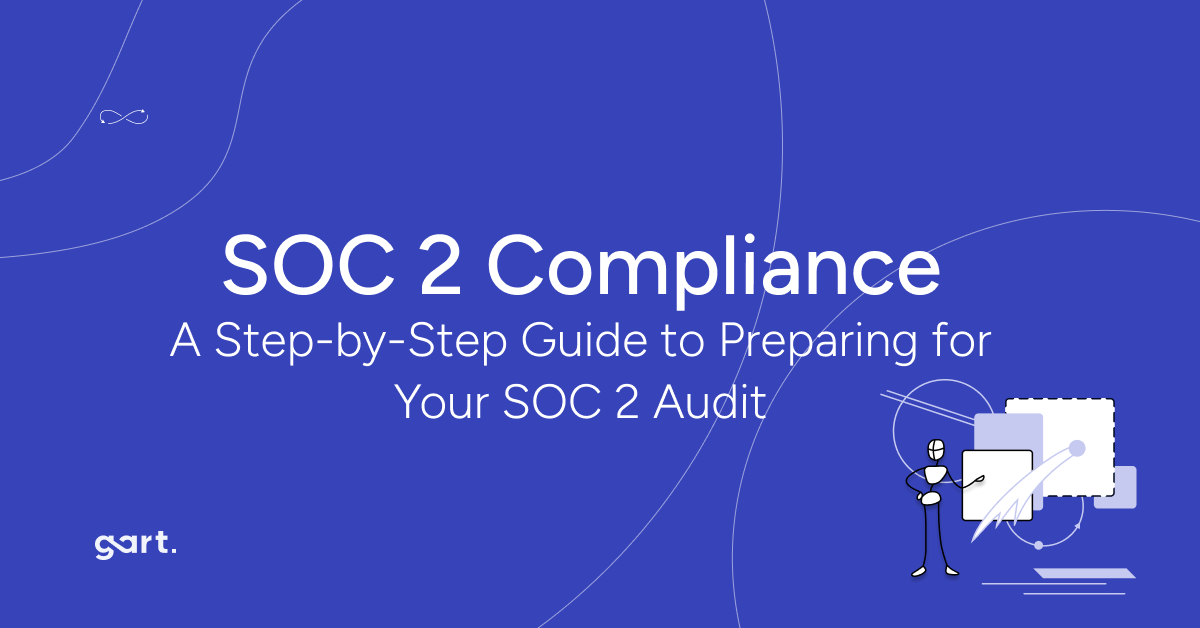Hey there! Let’s talk about PCI DSS Audit. It’s a big deal for anyone dealing with credit card info.
What is PCI DSS and why is it important?
PCI DSS (Payment Card Industry Data Security Standard) is a global security standard designed to protect cardholder data. It applies to any organization that stores, processes, or transmits credit card information.
Quick summary:
🏷 PCI Definition: PCI stands for Payment Card Industry, and the PCI DSS (Data Security Standard) is designed to protect cardholder data during payment processing. The standard applies to any entity that stores, processes, or transmits cardholder data.
🏗️ 80 hours: The estimated minimum time required for most organizations to prepare for PCI compliance, especially if they handle card data.
🎯 4 to 6 weeks: The average time needed for evidence review during the audit process, based on the organization’s preparedness.
🛡️ Up to $100,000: The potential financial penalties for non-compliance, emphasizing the importance of adherence to PCI DSS standards.
So, what’s PCI DSS? It’s basically a set of rules to keep credit card data safe. Think of it as a security checklist for businesses that handle card payments.
Back in the day, each credit card company had its own security rules. Can you imagine how confusing that was for businesses? It was like trying to follow five different recipe books to bake one cake!
What is PCI DSS?
So in 2006, the big credit card brands (Visa, MasterCard, Discover, JCB, and American Express) got together and said, “Let’s make one set of rules everyone can follow.” And boom! PCI DSS was born.
Now, if your business takes credit card payments, you need to follow these rules. It’s not just about avoiding fines (though that’s important too). It’s really about protecting your customers’ info and keeping their trust.
Getting PCI certified can seem scary, but don’t worry! It’s just about proving you’re following the rules and keeping card data safe.
Want to know more about how to get certified or what exactly you need to do? Just ask, and I’d be happy to break it down further!
Key PCI DSS Facts at a Glance
- 🏷️ Definition: Security rules for processing credit card data
- ⏳ Prep Time: ~80 hours for initial audit readiness
- 📅 Audit Review Time: Typically 4–6 weeks
- 💰 Non-Compliance Penalties: Up to $100,000 per incident
Who Must Comply?
Organizations that handle payment data are required to comply with PCI DSS. This includes:
- Merchants (e.g., retailers like Walmart) that collect cardholder data during transactions.
- Service providers (e.g., companies like AT&T) that store, process, or transmit this data.
- Financial institutions that facilitate payments and transfers.
The scope of PCI DSS Audit is broad, encompassing any entity that stores, processes, or transmits cardholder data.
PCI Certifications
There are a few different PCI certifications out there. They’re like badges that show you know your stuff when it comes to keeping credit card info safe. Here’s the rundown:
- PCI Professional (PCIP): This is the beginner’s badge. It’s like learning the ABCs of credit card security. It enables professionals to develop a secure payment environment.
- Internal Security Assessor (ISA): This one’s for people who check if their own company is following the rules. But here’s the catch – if you leave the company, you can’t take this badge with you.
- Qualified Security Assessor (QSA): These are the pros who check if other companies are following the rules. And good news – if they switch jobs, they get to keep their badge!
- Associate QSA (AQSA): This is like a “QSA in training” badge. It’s perfect for newbies just starting out.
The Core Components of PCI DSS
Think of PCI DSS Audit as a big security checklist. It’s got 12 main things to do, grouped into six big ideas:
- Build a strong digital fence: Set up firewalls and make sure your security settings are top-notch.
- Guard the treasure: Keep card info safe when it’s sitting still and when it’s moving around.
- Stay on your toes: Keep your systems up-to-date and patch up any weak spots.
- Don’t let just anyone in: Only let the right people see card info.
- Keep watch: Always be on the lookout for any funny business in your network.
- Have a game plan: Write down how you’re going to keep everything secure and stick to it.
Getting Ready for Your PCI Certification Audit
So you’re gearing up for a PCI certification audit? Don’t sweat it! I’m here to walk you through the key steps to get you ready. Let’s break it down:
1. Figure Out What Needs to Be Checked
First things first, you need to know what parts of your business the auditors are going to look at. This is called understanding your “compliance scope.”
What to do: Make a list of all the places in your company that handle credit card info. This includes computers, networks, even paper files if you still use those!
Pro tip: Try to make this list as small as possible. The fewer places that deal with credit card data, the less stuff you need to protect. It’s like cleaning your house – the less clutter you have, the easier it is to keep tidy!
How to shrink your list:
- Separate your credit card handling systems from the rest of your network. It’s like putting all your valuables in a safe instead of leaving them all over the house.
- Use something called “tokenization.” This replaces credit card numbers with random codes. It’s like using a secret language that only you understand.
- Use special encryption when you’re taking payments. This scrambles the credit card info right away, so you never actually see or store the real numbers.
2. Do a Practice Run
Before the real PCI DSS Audit, it’s smart to do a practice run.
- What to do: Pretend you’re the auditor. Go through everything and see if you can spot any problems.
- Why it’s important: It’s like proofreading an essay before you hand it in. You can catch and fix mistakes before they cost you points!
3. Get Your Paperwork in Order
Auditors love paperwork. They’re going to ask for a lot of documents, so have them ready.
What you’ll need:
- Maps of how credit card info moves through your systems. Think of it like a treasure map, but for data!
- Pictures of how your computer networks are set up.
- Your rulebook for keeping credit card info safe. This includes stuff like who’s allowed to see the data and how you keep it locked up.
Pro tip: Keep all these docs in one place, easy to find. It’s like having a well-organized file cabinet.
4. The Big Day: PCI DSS Audit Time
When the auditors show up, here’s what to expect:
- They’ll double-check that you were right about what needs to be audited.
- They’ll go through all those documents you prepared.
- They might want to chat with your team or see how things work in action.
- How to ace it: Be honest, be helpful, and don’t panic if they find something small. Sometimes you can fix little issues right on the spot!
5. After the PCI DSS Audit: Fixing What Needs Fixing
Once the audit’s done, you might have some homework:
- If the auditors found any problems, now’s the time to fix them.
- They’ll give you a report card (called a Report on Compliance) and a certificate (Attestation of Compliance) if you passed.
Remember, this whole process isn’t about making your life difficult. It’s about making sure you’re keeping your customers’ credit card info super safe. And that’s something to be proud of!
Continuous Compliance: A Year-Round Effort
PCI DSS compliance is not a one-time achievement; it is an ongoing process. Think of PCI DSS compliance like keeping your house clean. You can’t just do a big clean once and forget about it. Nope, it’s an everyday thing!
- Some stuff you gotta do daily (like checking your security logs – it’s like making sure you locked the door before bed).
- Other things are weekly or monthly (kinda like vacuuming or changing the sheets).
- And don’t forget the quarterly and yearly big cleans (like those vulnerability scans – think of it as checking for cracks in your home’s foundation).
Here’s the kicker: Your “clean house certificate” (aka your compliance) only lasts a year. Then you gotta prove you’re still keeping things tidy all over again!
How Gart Solutions Can Help You with PCI DSS Compliance
Getting PCI DSS compliant can feel overwhelming, but Gart Solutions is here to make it easier for you! As a top provider of DevOps, cloud, and infrastructure solutions, we can guide you every step of the way. Here’s how we can help:
1. Understanding PCI DSS Requirements
We know that PCI DSS has a lot of rules to follow. Our team will help you break down the 6 Key PCI DSS Principles and 12 Requirements so you know exactly what you need to do to keep your customer’s card information safe.
2. Preparing for Your PCI Certification Audit
When it’s time for the PCI Certification Audit, we’ll be right by your side:
- Gap Assessments: We’ll check your systems to see where you stand compared to PCI requirements and help you fix any gaps.
- Document Support: We’ll help you gather all the paperwork you’ll need for the PCI DSS Audit, making sure everything is organized and ready for the auditors.
3. Building a Secure Infrastructure
We specialize in creating safe cloud infrastructures. Here’s what we can do for you:
- Firewalls: We’ll set up strong firewalls to protect sensitive card information.
- Encryption: Our team will ensure that data is scrambled during storage and transmission, keeping it safe from prying eyes.
- Access Controls: We’ll help you put strict access controls in place so only the right people can see cardholder information.
4. Ongoing Monitoring and Testing
Compliance isn’t a one-time thing; it’s an ongoing process. Our continuous monitoring services will help you:
- Regularly Test Your Systems: We’ll run tests to find any security holes before someone else does.
- Monitor Your Networks: Our tools will keep an eye on network activity to catch any suspicious behavior right away.
5. Cost-Effective Compliance Strategies
We offer smart and affordable ways to stay compliant:
- Automation: We can automate many compliance tasks, so you spend less time on paperwork and more time on your business.
- Training Programs: We’ll educate your team about PCI DSS and the best practices for keeping card data safe.
6. Support After the Audit
After the PCI DSS Audit, we’re still here for you:
- Fixing Issues: If the auditors find any problems, we’ll help you address them so you stay compliant.
- Building Relationships: We’ll maintain a good relationship with your auditors to make future audits smoother.
By partnering with us, you’re not just checking a box; you’re investing in the security of your customers’ data. Let’s work together to keep your cardholder information safe and build trust with your customers!
PCI DSS Compliance Checklist
The Payment Card Industry Data Security Standard (PCI DSS) outlines a set of security standards designed to protect cardholder data and ensure that organizations handling such information maintain a secure environment. Below is a checklist summarizing the key areas and requirements for compliance with PCI DSS:
| Requirement | Action |
|---|---|
| Firewall | Protect network perimeter |
| Encryption | Secure data at rest and in transit |
| Access Controls | Limit system access by role |
| Monitoring | Log and audit all access |
| Vulnerability Scans | Conduct internal and external scans |
| Policies | Maintain written security procedures |
| Incident Response | Plan for security breaches |
That’s PCI DSS in a nutshell! It’s all about keeping those credit card numbers safe and sound. Need any more details about PCI DSS Audit?
At Gart Solutions, we help you make PCI compliance simple, affordable, and effective, so you can focus on growth, not regulations.
See how we can help to overcome your challenges









